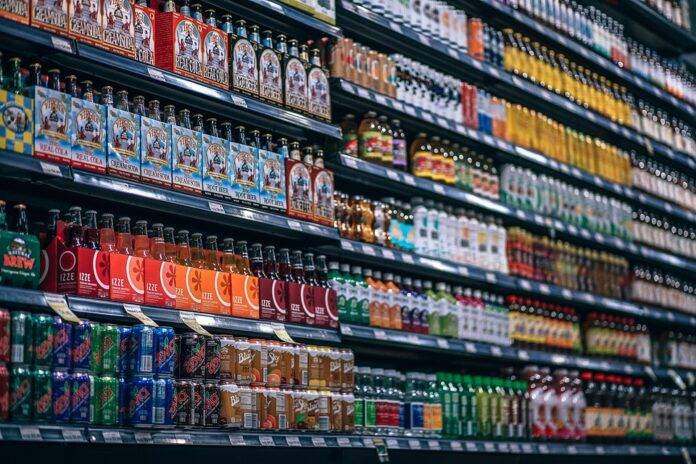Introduction
Refillable and returnable systems have been gaining traction in urban centers as more consumers and businesses become aware of the environmental impact of single-use packaging. This report will explore the reasons behind this trend, including the financial benefits, industry insights, and the growing demand for sustainable solutions in cities.
Environmental Concerns Driving the Shift
Rise in Plastic Pollution
Plastic pollution has become a global crisis, with an estimated 8 million tons of plastic entering the oceans every year. Single-use packaging, such as plastic bottles and containers, are major contributors to this problem. Refillable and returnable systems offer a sustainable alternative by reducing the need for single-use packaging and minimizing waste.
Impact on Climate Change
The production and disposal of single-use packaging contribute to greenhouse gas emissions and climate change. By switching to refillable and returnable systems, cities can reduce their carbon footprint and help mitigate the effects of climate change. This shift towards sustainability aligns with the growing demand for eco-friendly solutions among consumers and businesses.
Financial Benefits of Refillable and Returnable Systems
Cost Savings for Consumers
Refillable and returnable systems can offer cost savings for consumers in the long run. While the initial investment may be higher than buying single-use products, the ability to refill and reuse containers can lead to significant savings over time. This financial incentive encourages more consumers to adopt sustainable practices and support businesses that offer refillable options.
Operational Efficiency for Businesses
Businesses implementing refillable and returnable systems can benefit from increased operational efficiency. By reducing packaging waste and streamlining the supply chain, companies can lower their costs and improve their bottom line. Additionally, businesses can attract environmentally conscious consumers and differentiate themselves in the market by offering sustainable alternatives.
Industry Insights and Trends
Growing Adoption by Retailers
Retailers are increasingly embracing refillable and returnable systems as part of their sustainability initiatives. Companies like Loop and Fillgood have pioneered refillable packaging solutions, partnering with major brands to offer reusable containers for everyday products. This trend indicates a shift towards circular economy models that prioritize resource efficiency and waste reduction.
Legislative Support for Sustainable Practices
Governments and regulatory bodies are also supporting the transition to refillable and returnable systems through policy measures and incentives. For example, the EU Single-Use Plastics Directive aims to reduce plastic waste by promoting reusable alternatives and encouraging businesses to adopt more sustainable practices. These regulatory efforts create a favorable environment for companies investing in refillable solutions.
Conclusion
In conclusion, refillable and returnable systems are gaining traction in urban centers due to the increasing awareness of environmental concerns, the financial benefits for consumers and businesses, and the industry trends towards sustainability. As cities strive to reduce their ecological footprint and address the challenges of plastic pollution and climate change, refillable solutions offer a viable pathway towards a more sustainable future. By embracing refillable and returnable systems, urban centers can lead the way in promoting a circular economy and creating a healthier planet for future generations.


